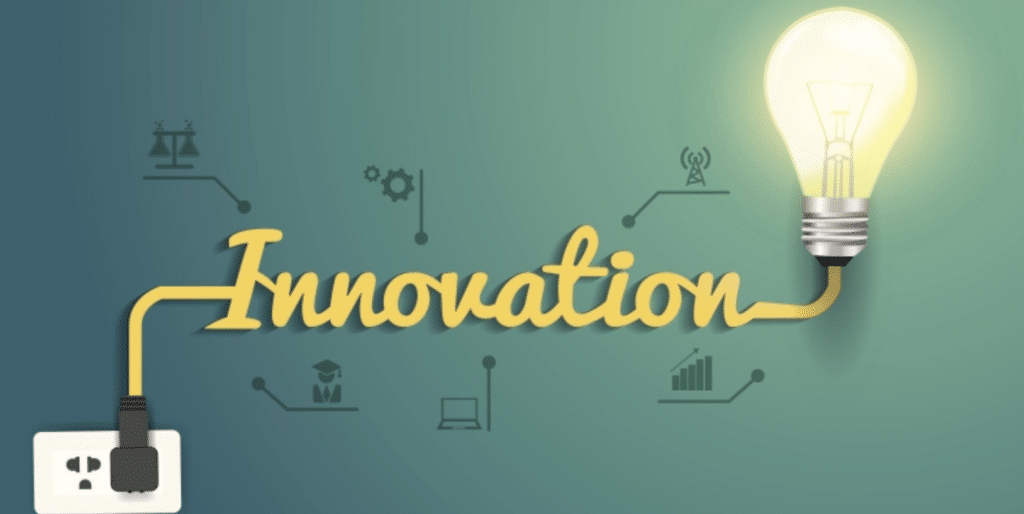I have compiled here several articles and case studies which provide a comprehensive overview about current chatbot trends & topics.
Big Tech Companies Think Chatbots are the Future
Thanks to advancements in natural voice recognition technology, big tech companies–Google, Microsoft, Amazon, IBM, among others–have made conversational interface technology (chatbots) household names. By mobilizing the power of AI and continuing development in this area to make further improvements, Alexa, Google Assistant, and China’s XiaoIce have become commonplace technologies in homes and workplaces across the world.Each of the big players has a slightly different approach to AI usage, and below is a short overview of some of the best known chatbots on the market today. Here are examples of how the ‘big four’ are investing heavily in chatbot technology.
How Chatbots Will Transform Customer Experience
Some predict that bots are the new apps. Consider Microsoft CEO Satya Nadella who recently said, “People-to-people conversations, people-to-digital assistants, people-to-bots … that’s the world you’re going to get to see in the years to come.” Consumers are overwhelmed with apps, and they prefer to converse on the messenger apps they’re already on. If you think about it this is a natural progression, considering that messaging is the root of all mobile communication. 50% of U.S. mobile users haven’t downloaded an app in the last year, but billions of people are already using messaging apps. Platforms like Facebook Messenger, Kik, and WhatsApp have a combined user-base of more than one billion. Even just Kik alone has more than 300 million users who have exchanged more than 350 million messages with bots.
https://www.forbes.com/sites/blakemorgan/2017/03/21/how-chatbots-will-transform-customer-experience-an-infographic/#268756857fb4
Why ‘talk to our chatbot’ will replace ‘send us an email’
Chatbot interactions like this go beyond replacing retail inquiries and tech support questions. This type of bot already exists, at least to some extent (even if the A.I. is fairly rudimentary at this point in bot evolution). I want a chatbot for more than sales and support; I want one for almost every situation where email is the preferred mode of communication. I’d ask about my college tuition payment for one of my kids, check with a state park bot about reserving a camping site, and even use one on the job — asking a PR bot to schedule an interview for me. If I need to contact an individual, I’d talk to a personal chatbot instead of sending an email, and perhaps find out that the person is in Lisbon on vacation. I’d interact with the bot instead and get the information I need. No email chain equals success.
The Importance of Chatbots in Every Business
Chatbots are gaining more popularity than ever and they are totally bringing new ways of how businesses run marketing. They have become the latest addition to every marketer’s bag of strategies as being an early adopter can give you major advantage from customer support to lead generation. In this infographic, we look at the importance of chatbots and the stats so you’ll have a better understanding of how they can help your business succeed.
https://chatbotsmagazine.com/the-importance-of-chatbots-in-every-business-infographic-8a8f990be0aa
Chatbot Market Size To Reach $1.25 Billion By 2025
The global chatbot market is expected to reach USD 1.25 billion by 2025, growing at a CAGR of 24.3%, according to a new report by Grand View Research, Inc. The chatbot industry is expected to witness significant growth over the forecast period as they enable enterprises to substantially reduce operating costs. Additionally, innovations in artificial intelligence and machine learning technologies are likely to enhance the features of chatbots, which acts as a major driver for the market.
http://www.grandviewresearch.com/press-release/global-chatbot-market
Chatbots Will Appeal to Modern Workers
Chatbots continue to be a hot topic among media, end users and vendor communities. This is no surprise as chatbots — which use artificial intelligence (AI) to mimic human conversations — are expected to become widespread within the next two to three years.
“By 2020, over 50% of medium to large enterprises will have deployed product chatbots,” said Van Baker, research vice president at Gartner, while at the Gartner Application Architecture, Development & Integration Summit, held March 12-13 in Mumbai.
https://www.gartner.com/smarterwithgartner/chatbots-will-appeal-to-modern-workers/
4 Uses for Chatbots in the Enterprise
Four potential uses of chatbot platforms that exist in enterprises today include:
- Call center help desk: Specialized chatbots can potentially reduce the number of help desk workers, by facilitating the handling of routine requests via automated chatbot responses.
- ChatOps approvals: A change in a back-end record will trigger an event, which can cause a message to be delivered to an enterprise messaging or workflow environment requesting an employee responds to “approve,” “deny” or “defer” in the app.
- Equipment diagnostic inventory management: When implemented in conjunction with Internet of Things (IoT) technologies, warehouse workers can be notified when a product is out of stock, or if a shipment has arrived at the loading dock that contains out-of-stock items.
- Chatbot scheduling agent: Requires both the use of AI and bot-to-bot communication. The chatbot will likely call another bot that uses AI to initiate a messaging stream combined with calendar access, in an effort to find open time on multiple calendars.
https://www.gartner.com/smarterwithgartner/4-uses-for-chatbots-in-the-enterprise/
https://www.gartner.com/newsroom/id/3858564
Chatbot trends to look forward to in 2018
“By 2021, more than 50% of enterprises will be spending more per annum on bots and chatbot creations than traditional mobile app developments. Gartner is predicting that by 2020, 55% of all large enterprises will have deployed (used in production) at least one bot or chatbot. Rapid advances in natural-language processing (NLP) make today’s chatbots much better at recognizing the user intent than previous generations. According to Gartner’s predictions study, NLP is used to determine the entry point for the decision tree in a chatbot, but a majority of chatbots still use scripted responses in a decision tree.”
Kia is seeing 3 times more conversions through its chatbot than its website
At last count, Kia had more than 800 websites where a customer can ask about buying a car.
In November, to try and simplify the process, Kia launched Kian, a Facebook Messenger and chatbot, in order to have a direct source for all the information that users might search for. In the four months since its launch, Kia has gotten three times more conversions through Kian than through its main website, Kia.com.
The conversion rate through Kian is 21 percent, while conversions through Kia.com are at 7 percent, according to Nathalie Choy, national manager of digital, social and CRM marketing at Kia Motors America.
Customers aren’t shying away from asking their questions. Choy said Kia has seen an increase in engagement, mostly thanks to Kian. Kian has exchanged 600,000 messages, resulting in 50 times more engagement through Messenger, according to Choy.
Kia is seeing 3 times more conversions through its chatbot than its website



